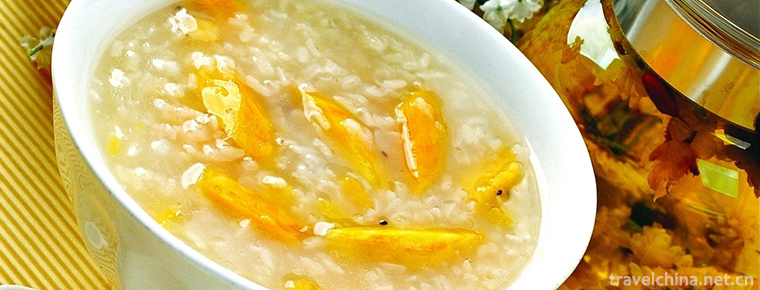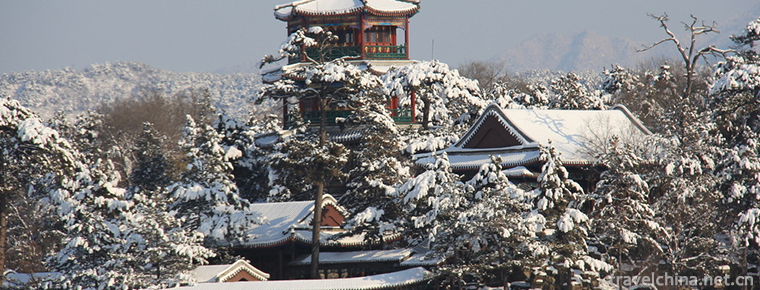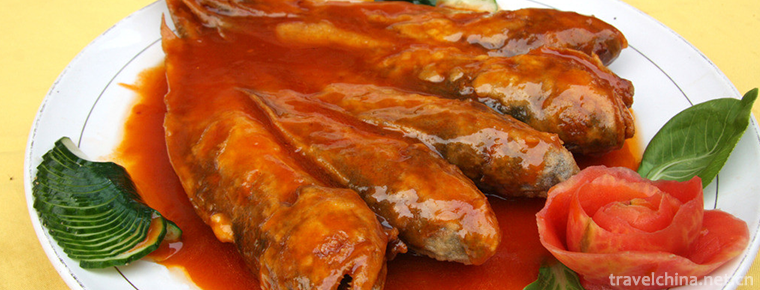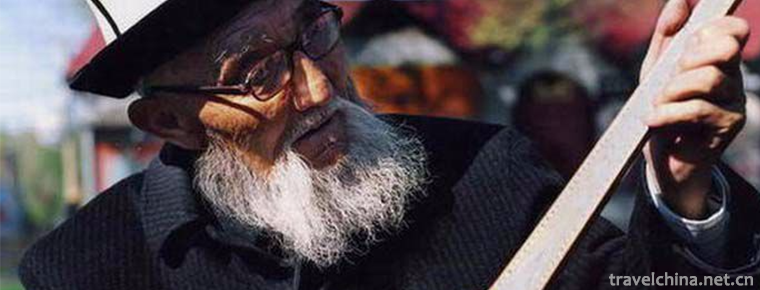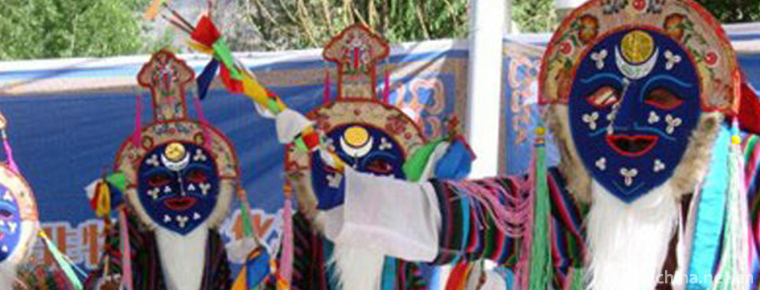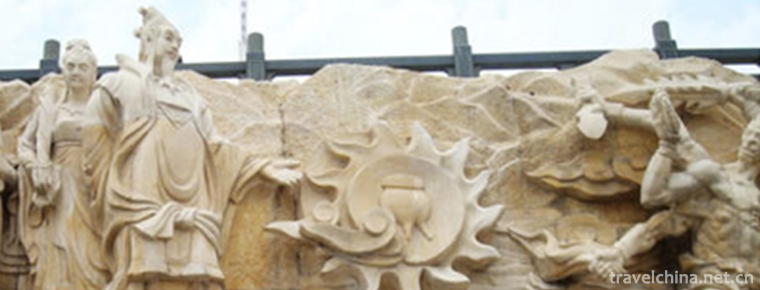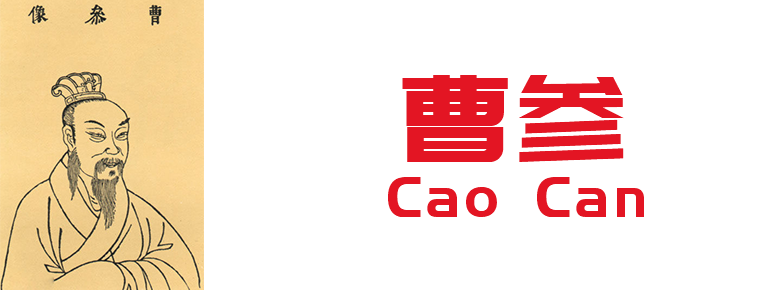Harbin Sun Island Scenic Area
Sun Island Scenic Area is located on the North Bank of Songhua River in Harbin City, Heilongjiang Province, with a total area of 88 square kilometers, of which the planned area is 38 square kilometers, and the periphery protected area is 50 square kilometers. Sun Island is a multi-functional scenic spot composed of ice and snow culture, folk culture and other resources. It is also an ecological area along the Yangtze River in China.
Sun Island evolved from the transliteration of Manchu Mandarin handmaid. Manchu has three names for handmaid color: one is common handmaid flower called "sea flower", the other is black handmaid flower called "Falu", and the other is round handmaid flower called "Taiyi'an", which is very similar to "sun", that is, "sun" of Sun Island means "handmaid fish". It is said that the hills inside the island are all clean fine sand, especially hot in the sunshine, so it is called the Sun Island.
With the construction of the Middle East Railway in the 20th century, many foreign nationals came to Harbin one after another and built villas here one after another.
In 1964, the Sun Island Scenic Spot was officially established. In 1989, it was named Heilongjiang Provincial Scenic Spot. In 2002, it was assessed as China National AAAA Scenic Spot by China National Tourism Administration. From 2003 to 2005, the Harbin Municipal Committee and the Municipal Government invested 550 million yuan to carry out large-scale comprehensive renovation and transformation of the Sun Island, aiming at "rebuilding the tourism brand of the Sun Island and building an ecological city". Their functional orientation was transformed from a former resort area to a national scenic spot. The third phase of the reconstruction project is located in the western part of Sun Island, with a total planned area of about 400,000 square meters. The third phase of the reconstruction project highlights the function of "green lung". Through island building, greening and animal protection, the ecological effect of the Sun Island is initially shown.
In 2006, the Sun Island Scenic Area held the torch relay of the Asian Winter Games in Changchun and the Sino-Russian Youth Friendship Festival in the Year of Friendship between China and Russia.
Sun Island is a river island in Songhua River of Harbin City, Heilongjiang Province. It is located between the old and new urban areas of Harbin City. No. 3 is the guard road of Sun Island Scenic Area. Its total area is 88 square kilometers. The planned area is 38 square kilometers, and the periphery protected area is 50 square kilometers. It is divided into east, middle and West districts. Sun Island is a multi-functional scenic spot composed of ice and snow culture, folk culture and other resources. It is also an ecological area along the Yangtze River in China.
Harbin, the scenic spot of Sun Island, is located at the northernmost end, and is the city with the highest latitude and the lowest temperature in China. The four seasons are distinct. Winter is long and cold, while summer is short and cool. In spring and autumn, the temperature rises and falls rapidly, which belongs to the transitional season and takes a short time.
Sun stone
The Sun Stone in front of the main entrance of the scenic spot is 7.5 meters long, 2 meters thick, 4.3 meters high and 150 tons heavy. It is a natural marvelous stone. According to legend, the Sun Stone is the elixir left behind by the Taishang Laojun in his alchemy. When Jin Taizu was a teenager, he sharpened his knife and inspired himself on the rocks; when he was an adult, he drew up a discussion with generals on the rocks (at the military meeting of senior generals before the Jin Dynasty army fought, he drew up a military route map with lime soil as paper and branches, after the meeting, he drew no trace of ash), destroyed Liao and attacked Song Dynasty; General Li Zhaolin, the Northeast Anti-Japanese Coalition Army, once led the meeting. People have rested here, there is a "warm chest, the wind behind the cold" saying. Of course, these statements are all folk tales, no official textual research. However, this also shows that the Sun Stone is regarded as a strange stone by the local people.
During the third phase of the comprehensive renovation project of Sun Island, Harbin Municipal Literary Association organized many literary artists to search for a huge stone integrated with Sun Island, and finally chose today's "Sun Stone".
Squirrel Island
Squirrel Island, as its name implies, has nearly 2,000 artificially domesticated squirrels. In June 2006, Sun Island Park introduced more than 600 squirrels from mountainous areas of Liaoning Province, which further increased the number of squirrels on the island. It is the largest squirrel ornamental, domesticated and popular science base in Heilongjiang Province.
Squirrel Island covers an area of about 24,000 square meters. It is situated in the north of the embankment of the Sun Island scenic spot. It is surrounded by water and undulating terrain. It consists of three islands. The islands are connected by wooden trestle bridges, and glass walls are set around to prevent squirrels from escaping. There are plenty of trees in the island. Some trees build wooden squirrel nests, which are pervasive in the squirrel habitat. In addition, there are many small hollow gardens and large wooden and stone-like landscapes on the island.
Swan Lake
Swan Lake is located in the northern part of Sun Island Park. It covers an area of 1.2 hectares. Black swans, big swans, small swans, Mandarin ducks, green ducks, goose and grey geese are scattered in the lake.
Sun Island flower garden
Sun Island Flower Garden is located in the north of Gate 1, covering 7 hectares. It is the largest flower base in the three northeastern provinces. There are 39 varieties of peony and peony in the flower garden, and more than 200,000 rare and precious flowers in the north with 12 tones.
Northeast Anti-Japanese Union Memorial Park
The Northeast Anti-Japanese Alliance Memorial Park is located near the eastern part of the Sun Island embankment. It has been built to commemorate the Northeast Anti-Japanese Alliance Army and has become the largest education and memorial base for the Anti-Japanese War in Northeast China. The memorial garden covers an area of 36,000 square meters, with the sculptures of the anti-Japanese fighters, lakes and grasslands as its core, and its performance style is different from the solemn and solemn Memorial mode in the past. Through the combination of thematic sculptures, anti-Japanese camps and undulating landforms, trees, running water and boulders, the anti-Japanese battlefield between Baishan and Heishui can be reproduced.
In the memorial garden, a large tree with peculiar shape is called "Kanglian Tree". It is a rare tree species in northern China, Acer saccharide, which is over 80 years old. Although the trunk of the tree has withered, new subtrees have sprouted from its trunk. The branches are lush and lush, which symbolizes the death of the hero of resisting Lian, but the fire of revolution lasts from generation to generation, and the spirit of resisting Lian is immortal.
Ice and snow Museum
Ice and Snow Art Museum was built in 2000 by Dalian Refrigerator Co., Ltd. and Sun Island Scenic Area Management Office. It covers an area of 5,000 square meters with a net height of 7 meters and contains more than 100 ice scenery. It is the largest indoor ice and snow art venue in the world. The ice scenery in the museum is made of natural ice and artificial snow of Songhua River. The significance of the pavilion is that the snow and ice landscape in winter can be realized indoors in spring, summer and autumn. The museum is mainly divided into five scenic spots:
Ancient rhyme and brilliance: With the help of Dunhuang murals, Longmen Grottoes, Datong carvings, Dazu stone carvings and other ancient Chinese arts, the culture of the Northern Wei Dynasty is displayed, and the history of human civilization and progress is displayed.
Plum Garden Snow Appreciation: Reflects China's long-standing gardening art, combining plants with snow and ice gardening, creating a beautiful scene of "although somebody does it, it's like heaven opens". The works of this scenic spot mainly imitate the Chinese scenic spots and historic sites, such as the Temple of Heaven to pray for the New Year, the Great Wall, Huabiao, Corridor, Longbo, Mei Ting and so on.
Beijiang Winter Interest: This scenic spot mainly reflects the local culture and customs of Heilongjiang Province through ice and snow works. The works describe the unique local customs of forest, sea, snow plains and ethnic minorities in Heilongjiang Province, as well as the precious wildlife and plant resources in Heilongjiang Province.
Yuhai Dragon Palace: This scenic spot is characterized by participatory and interactive features, such as hippo slide, ice maze, Dragon Palace and other participatory content.
Exotic Style: This scenic spot shows some world famous monuments, cultural heritage and famous foreign landscapes through ice and snow works. Such as the Thai Palace, the Indian gods, the Roman Art Square and so on.
At the beginning of 2007, the Ice and Snow Art Museum carried out a two-month renovation, art lighting layout and ice and snow landscape re-sculpture, and added 33 new ice and snow sculptures, with the theme of Harbin's style, through ice and snow works to show Harbin's famous landscape and landmark buildings, such as Central Street, Jile Temple and St. Nicholas. Church, etc. The total amount of ice used is 6000 cubic meters.
Sun Island Art Gallery
Sun Island Art Museum is located in the National 5A Tourist Scenic Spot Sun Island Scenic Spot. It is a calligraphy, painting and seal carving art with the essence of Chinese culture as its main manifestation. It takes Sun Island as its main creative theme and focuses on displaying the essence of regional culture, creating for the famous artists of the Black Land and celebrities and celebrities of the whole country. This is also the first professional art gallery independently established by Sun Island Scenic Area. The Sun Island Art Museum covers an area of 1,000 square meters. It has three exhibition areas, namely, the theme paintings of celebrities'Sun Island, the original representative works of celebrities' paintings and calligraphy, and the representative works of Yin Weng and Huang Ming, the famous Jinshi calligrapher and painter. It has more than 1,000 Chinese paintings and calligraphy works and two independent art studios. The main functions of the museum are art exhibition, aesthetic education, holding cultural activities, calligraphy and painting competitions, solo exhibitions, and organizing artists'style creation. It is a multi-functional art exhibition hall integrating professional exhibition, artistic style and cultural exchange. "Creation Base of Chinese Calligraphy Culture Museum", "Creation Base of Calligraphy and Painting of General of the Republic", "National Aesthetic Education Base for Youth and Children", "Creation Base of International Association of Multiplicity Artists", "Creation Base of Calligraphy and Painting Academy of Harbin Municipal Committee of CPPCC", "Harbin Sun Island Calligraphy and Painting Academy" and so on Institutions, also located in the Sun Island Art Museum. The completion of the Sun Island Art Museum has further enriched the cultural connotation of the Sun Island. With its unique traditional Chinese painting and calligraphy art, it has become a bright star in the cultural community of the Sun Island.
Solar gate
The Sun Island Gate, or the Sun Gate, is located at the main entrance to the western part of the Sun Island. The total length of the solar door is 68 meters. The two ends are surrounded by the solar stone. The main door is 12.03 meters high. The gate is composed of four large and five small elliptical arched doors. Its shape is mainly based on the architectural language of the new art movement style, and rubbed with other style of artistic language. Its creative theme is "the window of the sun". The arch gate in the middle is on the same axis as the Sun Island boulder, and it travels in the direction of East and west. Thus, it can face the sunrise and sunset. Four sculptures stand in the four small arches. The boulder in front of the door is located in the center of the glorious solar pattern, and at the foot is a simulated street map of Harbin.
In 2006, in the award list of "China Habitat Environment Model Award", the comprehensive environmental renovation project of Sun Island Scenic Spot (East District) in Harbin City, Heilongjiang Province won the "China Habitat Environment Model Award".
In May 2007, the Sun Island Scenic Spot was rated as AAAAA class by the National Tourism Administration of China. In November of the same year, the Sun Island Scenic Spot was awarded the title of "National Tourist Card" of China.
In 2009, the Ice and Snow Art Museum of Sun Island was selected as the largest indoor ice and snow art museum in the world by China World Records Association on the scale of 5000 square meters and 7 meters in net height, creating the largest in the world of Sun Island.
Sun Island Scenic Area has been awarded National Scenic spots, the first batch of national AAAAA-level tourist attractions, National Water Conservancy Scenic spots, national cultural industry demonstration base, national civilized units, National Wetland Park pilot units, National Tourism standardization demonstration units and other honors.












-
Sweet potato porridge
Main ingredients for food ingredients: 250 grams of fresh sweet potato, 150 grams of Japonica rice, a number of red dates, and a proper amount of sesame seeds.
Views: 286 Time 2018-11-02 -
Chengde Summer Resort and its surrounding Temple scenic spot
Chengde Summer Resort and its surrounding Temple scenic spot, World Cultural Heritage, established in 1994. It is located in Chengde City, Hebei Province.
Views: 196 Time 2018-11-24 -
Boiled yellow croaker
Boiled yellow croaker is a traditional dish with Shandong characteristics. It belongs to Shandong cuisine. Its main ingredient is yellow croaker. It is a dish with soft meat, rotten but not spoiled, a.
Views: 194 Time 2019-03-24 -
Traditional Manufacturing Techniques of Bean Flap
Douban traditional craftsmanship, Pixian County, Sichuan Province, local traditional craftsmanship, one of the national intangible cultural heritage..
Views: 146 Time 2019-04-28 -
Flower shuttlecock
Shuttlecock is a traditional folk sport with a long history, which is widely spread in China. Regular exercise can activate muscles and bones and promote health. According to historical documents .
Views: 294 Time 2019-05-04 -
Manas
Manas, the traditional folk literature of Kirgiz Autonomous Prefecture in Kizlesu, Xinjiang, is one of the national intangible cultural heritage..
Views: 225 Time 2019-05-16 -
Shannan Menba Opera
Because Shannan Menba Opera directly adopts Tibetan scripts of Tibetan Opera, it is called "Menba Aguiram" by the people, that is, Menba Tibetan Opera. Legend has it that at the end of the 1.
Views: 156 Time 2019-06-13 -
Legend of Dayu
Dayu's water control is a great project in the ancient times of our country. It once benefited mankind and became a symbol of the strength and wisdom of the ancient people of our country. Until the Sp.
Views: 200 Time 2019-07-16 -
Xichang College
Xichang College is located in Liangshan Yi Autonomous Prefecture, Sichuan Province, which is the largest Yi inhabited area in the country "spanning thousands of years step by step". It is a .
Views: 150 Time 2019-08-31 -
Cao Can
Cao Can(? - 190 BC) , Han nationality Peixian people In the Western Han Dynasty, the founding fathers and famous generals were the following. Xiao He Later, the second dynasties in the Han Dynasty wer.
Views: 285 Time 2019-09-15 -
History and culture of Mianyang
Located 47 kilometers south of Santai County, Qijiang ancient town was once the capital of Qi state during the spring and Autumn period and the Warring States period. Every year on the 27 to 28 May of the lunar calendar, all the male and female believers around.
Views: 222 Time 2020-12-14 -
Meishan population
At the end of 2019, the total registered residence population was 3 million 422 thousand and 600, of which 1 million 194 thousand and 900 were urban population. At the end of the year, there were 2.995 million permanent residents, including 1.433 million urban.
Views: 333 Time 2020-12-18
